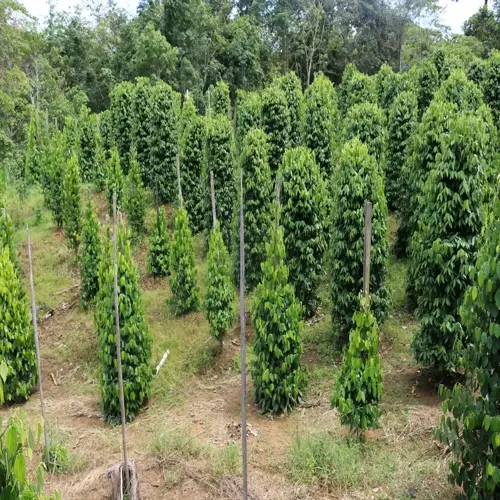Can I substitute sand for perlite?

Written by
Nguyen Minh
Reviewed by
Prof. Martin Thorne, Ph.D.Gardeners sometimes try to substitute sand for perlite as a money-saving device. While coarse sand certainly gives good drainage, it won't give you the other advantages of perlite. I have tried both out and found that sand causes compaction. Your plants pay for it with poor root development.
Weight & Compaction
- Sand adds 60-70% more weight than perlite
- Compresses soil over time reducing pore space
- Restricts root expansion especially in containers
Oxygen Deficiency
- Lacks perlite's air-trapping cavities
- Creates dense zones where roots suffocate
- Increases root rot risk in moisture-sensitive plants
Grain size is critical to sand performance. Only that of some coarse builders' sand (1-2mm grains) gives limited drainage. Finer sands turn soil into concrete. I sift sand to remove crushing before use. Perlite acts uniformly, regardless of the size of the grains.
In some cases, you can replace some of your sand with a different type. For example, when using in-ground garden beds, treat the sand like compost by using 30% (by volume) coarse sand with the compost. You should never use sand alone in containers. My raised beds will use sand-perlite mixes (as will my pots, which will use a pure perlite mix).
There are better options than sand. Pumice provides the same drainage as perlite does without floating. Rice hulls deliver lightweight aeration. If you are looking for a budget option, crushed lava rock is a good choice. All of these options provide good drainage and maintain soil structure without compaction problems.
Pay close attention to the plants with the sand. Look for stunted growth or other signs of compaction. You can test for drainage by watering and timing runoff. If water sits on top of the soil for more than ten seconds, amend with perlite right away. Your plants will appreciate it!
Read the full article: Perlite vs Vermiculite: Ultimate Comparison Guide

